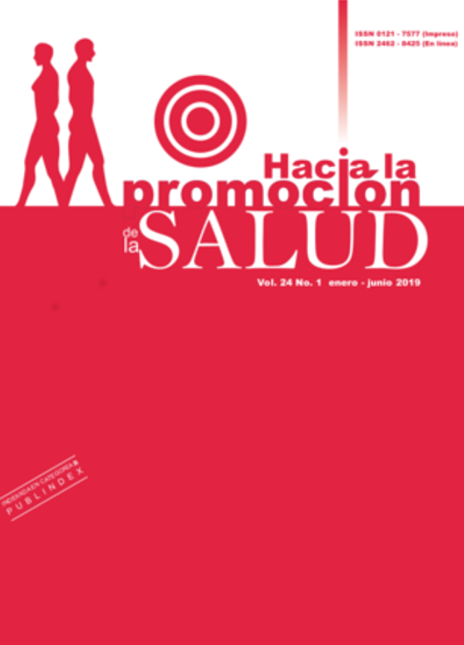Autores/as
Resumen
Múltiples estudios se han realizado para medir el impacto de distintas terapias no farmacológicas sobre la salud como son las acciones relacionadas con la actividad física y deportes. En ese contexto, diversas estrategias se encuentran basadas en artes marciales y deportes de combate ―AM&DC―; actividades que han mostrado resultados de gran beneficio para la salud en poblaciones diversas con distintos grupos etarios, comorbilidades, e incluso como parte de protocolos de manejo de algunas patologías
Palabras clave
Citas
2. van Dijk G, Leffers P, Lodder J. The Effectiveness of Hard Martial Arts in People over Forty: An Attempted Systematic Review. Societies. 2014; 4(2): 161-179.
3. Yu AP, Tam BT, Lai CW, Yu DS, Woo J, Chung K-F, et al. Revealing the Neural Mechanisms Underlying the Beneficial Effects of Tai Chi: A Neuroimaging Perspective. Am J Chin Med. 2018; 46(02): 231-259.
4. Day L, Finch CF, Harrison JE, Hoareau E, Segal L, Ullah S. Modelling the population-level impact of tai-chi on falls and fall-related injury among community-dwelling older people. Inj Prev. 2010; 16(5): 321-326.
5. Chen Y-W, Hunt MA, Campbell KL, Peill K, Reid WD. The effect of Tai Chi on four chronic conditions-cancer, osteoarthritis, heart failure and chronic obstructive pulmonary disease: A systematic review and meta-analyses. Br J Sports Med. 2016; 50(7): 397-407.
6. Ito IH, Kemper HCG, Agostinete RR, Lynch KR, Christofaro DGD, Ronque ER, et al. Impact of Martial Arts (Judo, Karate, and Kung Fu) on Bone Mineral Density Gains in Adolescents of Both Genders: 9-Month Follow-Up. Pediatr Exerc Sci. 2017; 29(4): 496-503.
7. Pons van Dijk G, Huijts M, Lodder J. Cognition Improvement in Taekwondo Novices Over 40. Results from the SEKWONDO Study. Front Aging Neurosci. 2013; 5: 74.


 PDF
PDF
 FLIP
FLIP


























